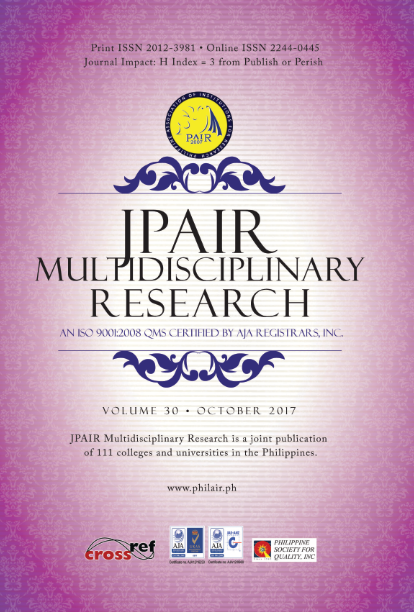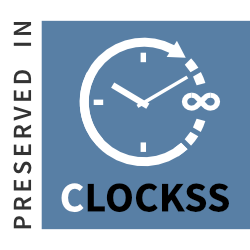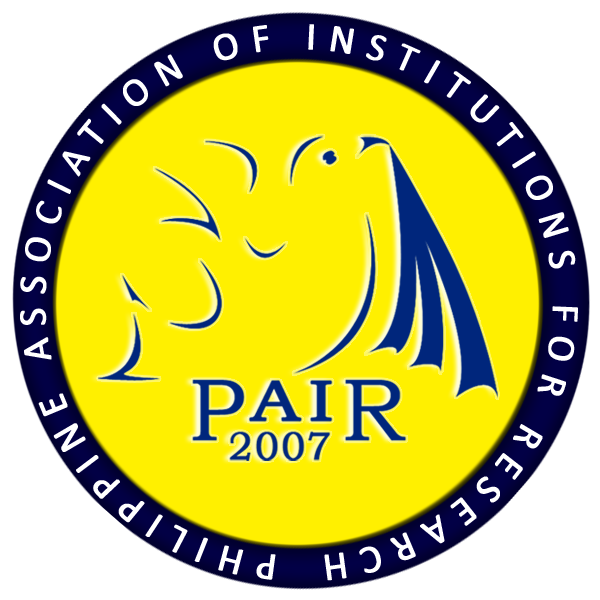Library Logging System Design Based on Radio Frequency Identification Interface using Arduino Uno board as Platform
DOI:
https://doi.org/10.7719/jpair.v30i1.556Keywords:
Engineering processes and systems, Radio Frequency Identification (RFID), Arduino Uno, experimental method, PhilippinesAbstract
Radio Frequency Identification (RFID) technology revolutionizes the automatic identification of objects. In this paper, library logging system based on radio frequency identification (RFID) interface using Arduino Uno board as platform is proposed and prototyped. Technology in Arduino and RFID are reviewed. RFID MFRC522, is a highly integrated reader/writer IC for contactless communication at 13.56 MHz. RFID technology uses electromagnetic fields to transfer data to automatically identify objects. Information of books with RFID tags are registered in the database system. When books are scanned in the RFID reader, the system will automatically give the information of the book and the current date and time. User will input the borrowers' information which will automatically login into the system with the book details. Arduino microcontroller is used as a micro web server and a communications gateway among hardware modules. Design shows that RFID interfacing using Arduino Uno board as platform can make library logging system more efficient and convenient through the automation of workflow processes. To reduce library losses, security and item identification should be combined in a single tag in future designs.
Downloads
References
Borriello, G. (2005). RFID: Tagging the world. Communications of the ACM, 48(9), 34-37. Retrieved from https://pdfs.semanticscholar.org/6a26/ec5e4fafacd21e91fcec1adf988aad163f72.pdf
Downloads
Published
Issue
Section
License
Copyright (c) 2017 Narcisa T. Morallo

This work is licensed under a Creative Commons Attribution-NonCommercial 4.0 International License.
Open Access. This article published by JPAIR Multidisciplinary Research is licensed under a Creative Commons Attribution-Noncommercial 4.0 International (CC BY-NC 4.0). You are free to share (copy and redistribute the material in any medium or format) and adapt (remix, transform, and build upon the material). Under the following terms, you must give appropriate credit, provide a link to the license, and indicate if changes were made. You may do so in any reasonable manner, but not in any way that suggests the licensor endorses you or your use. You may not use the material for commercial purposes.




















